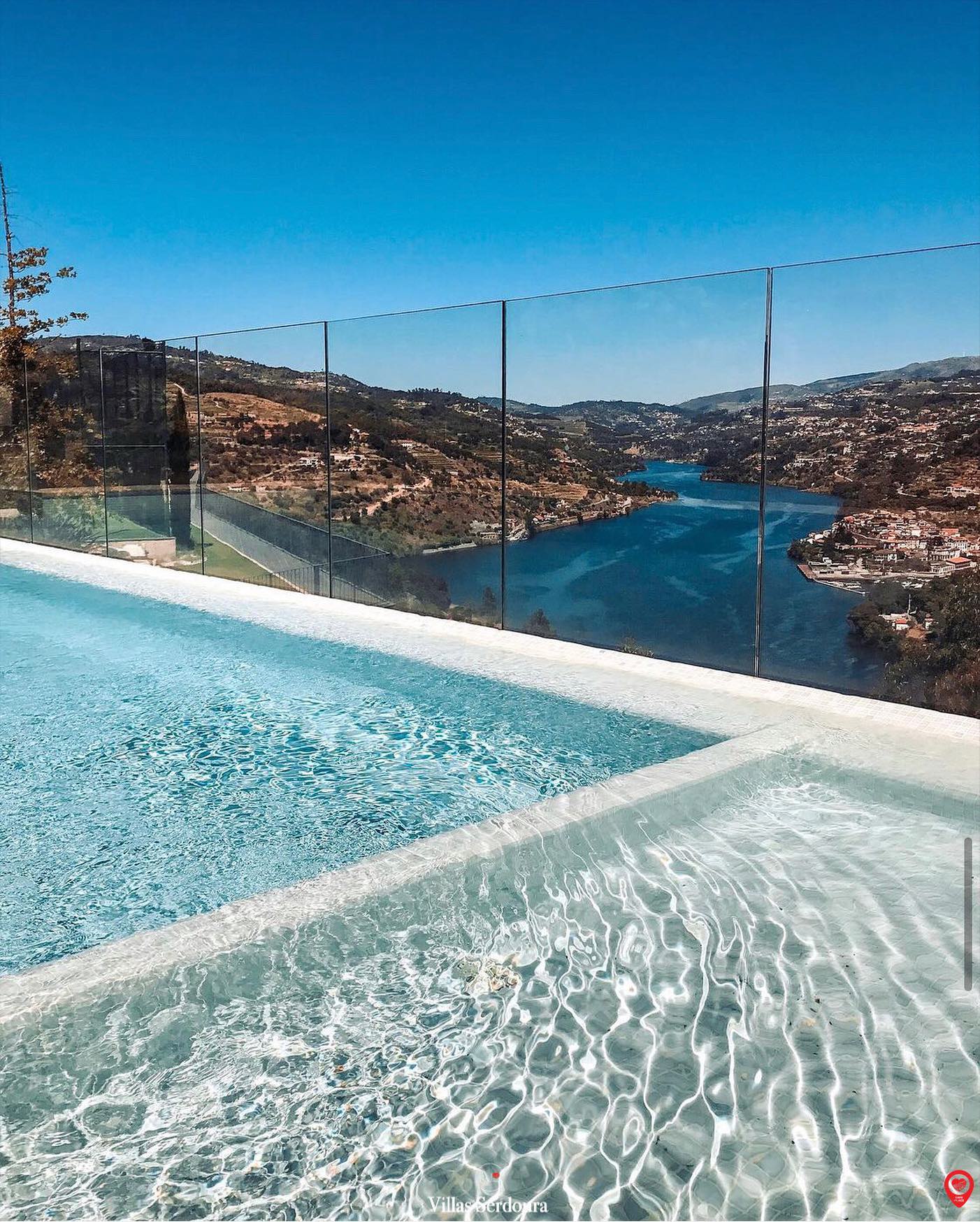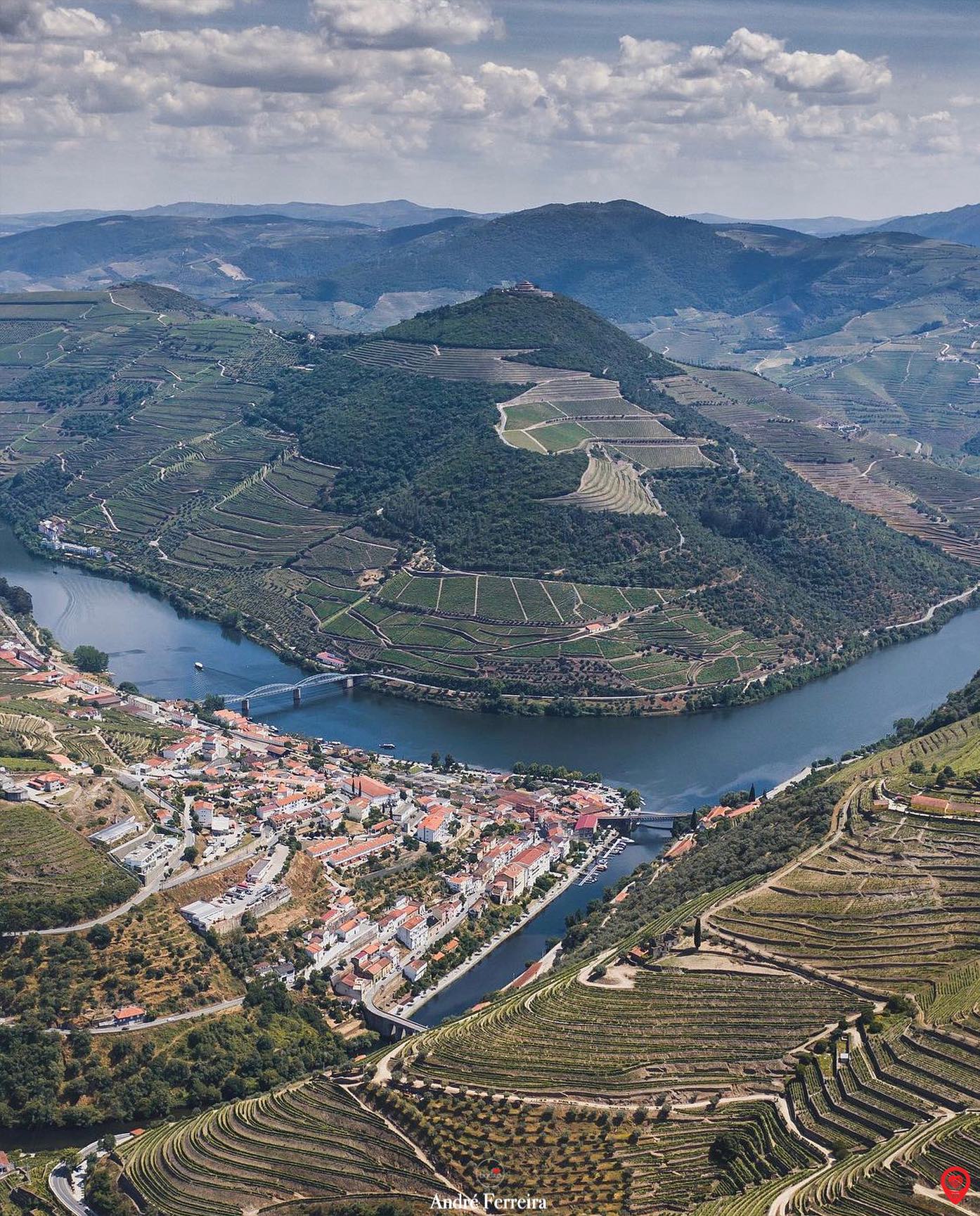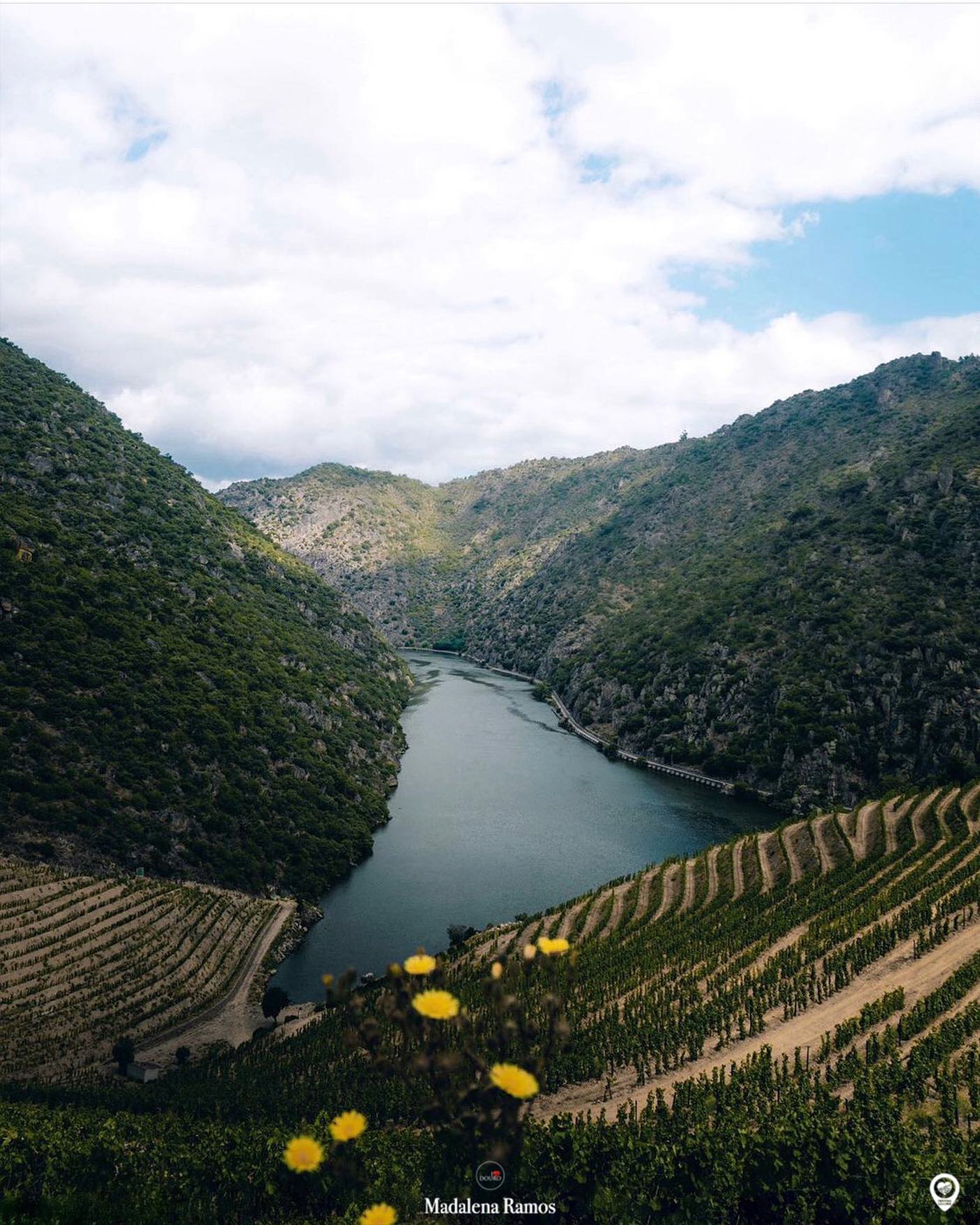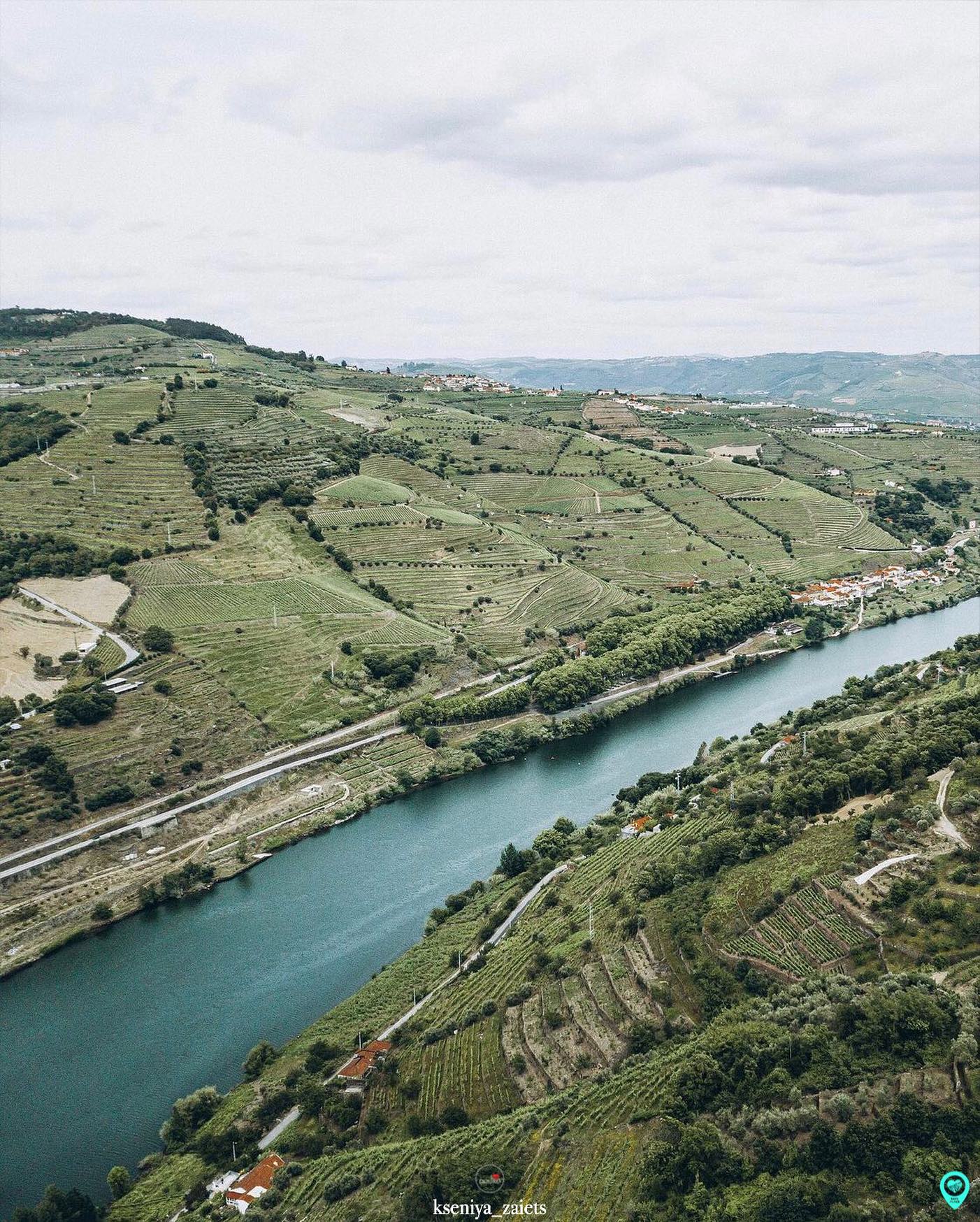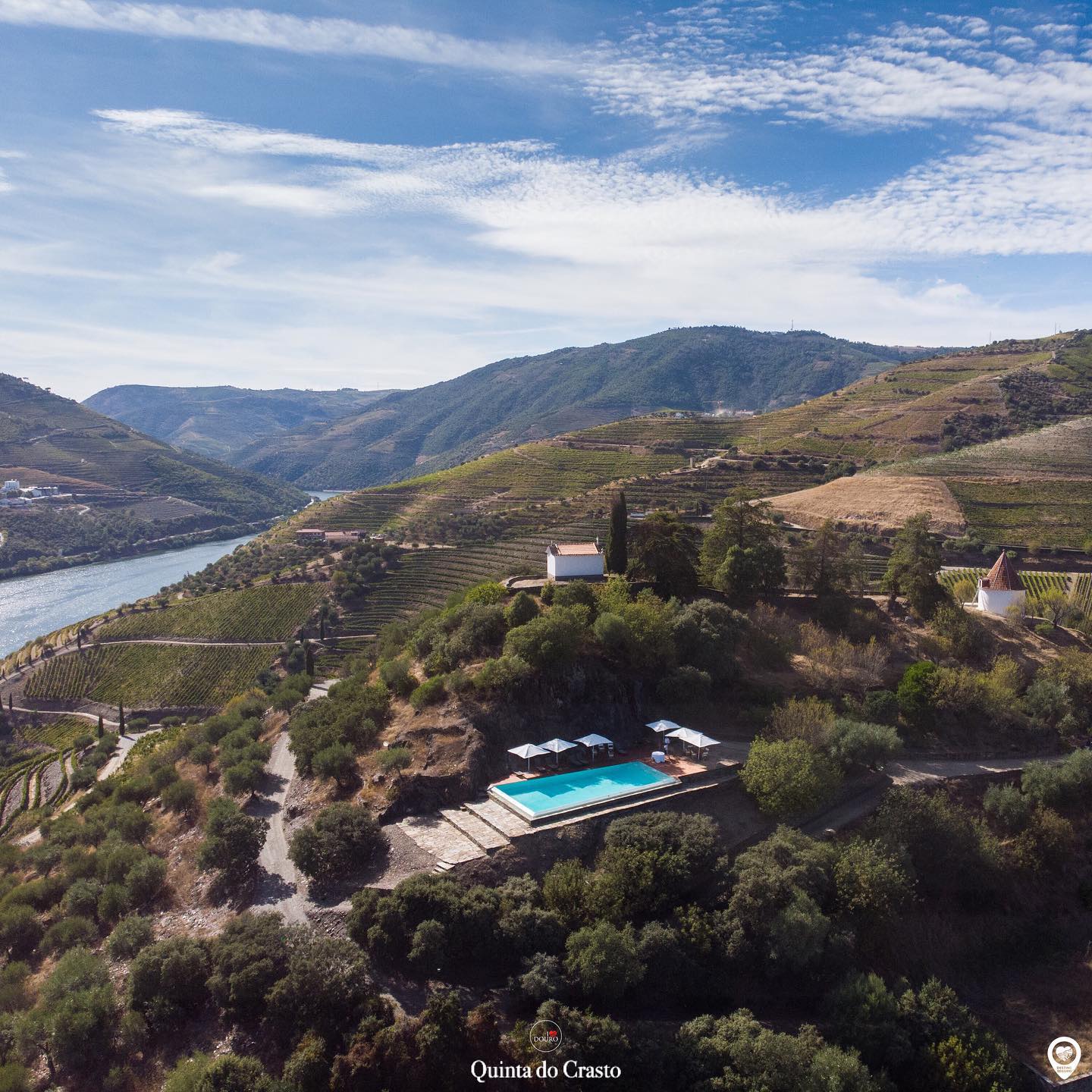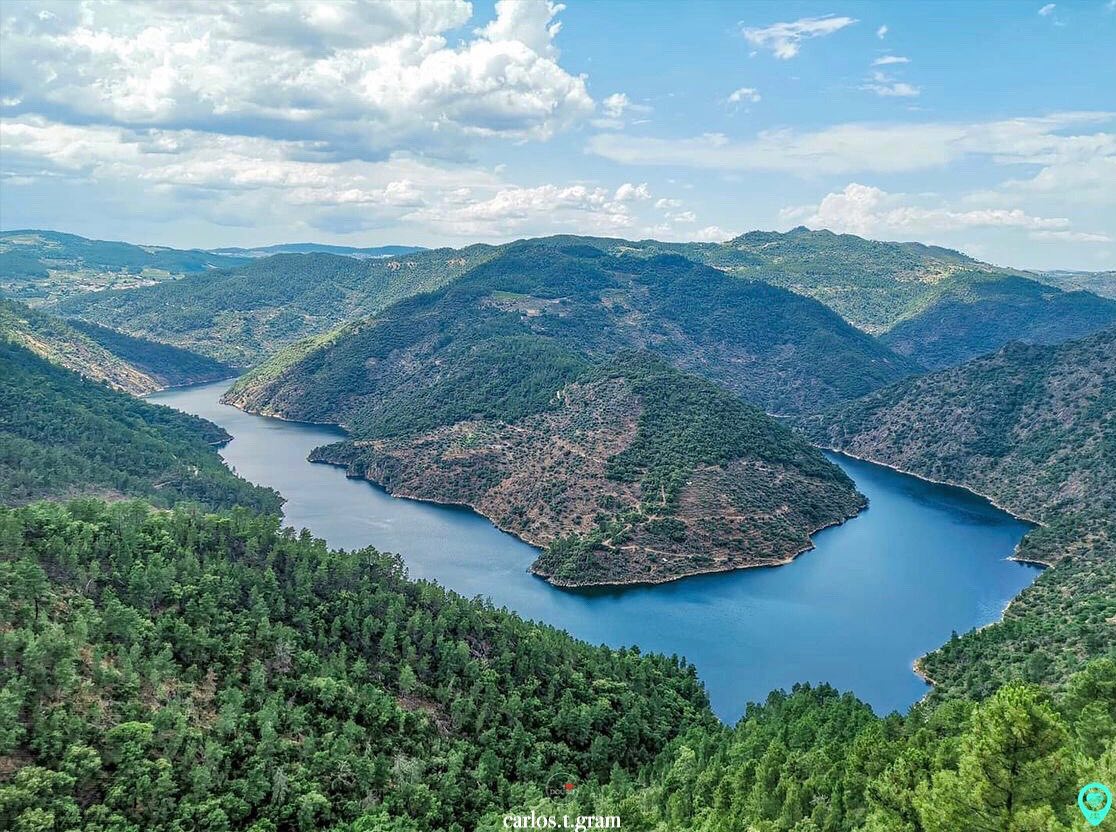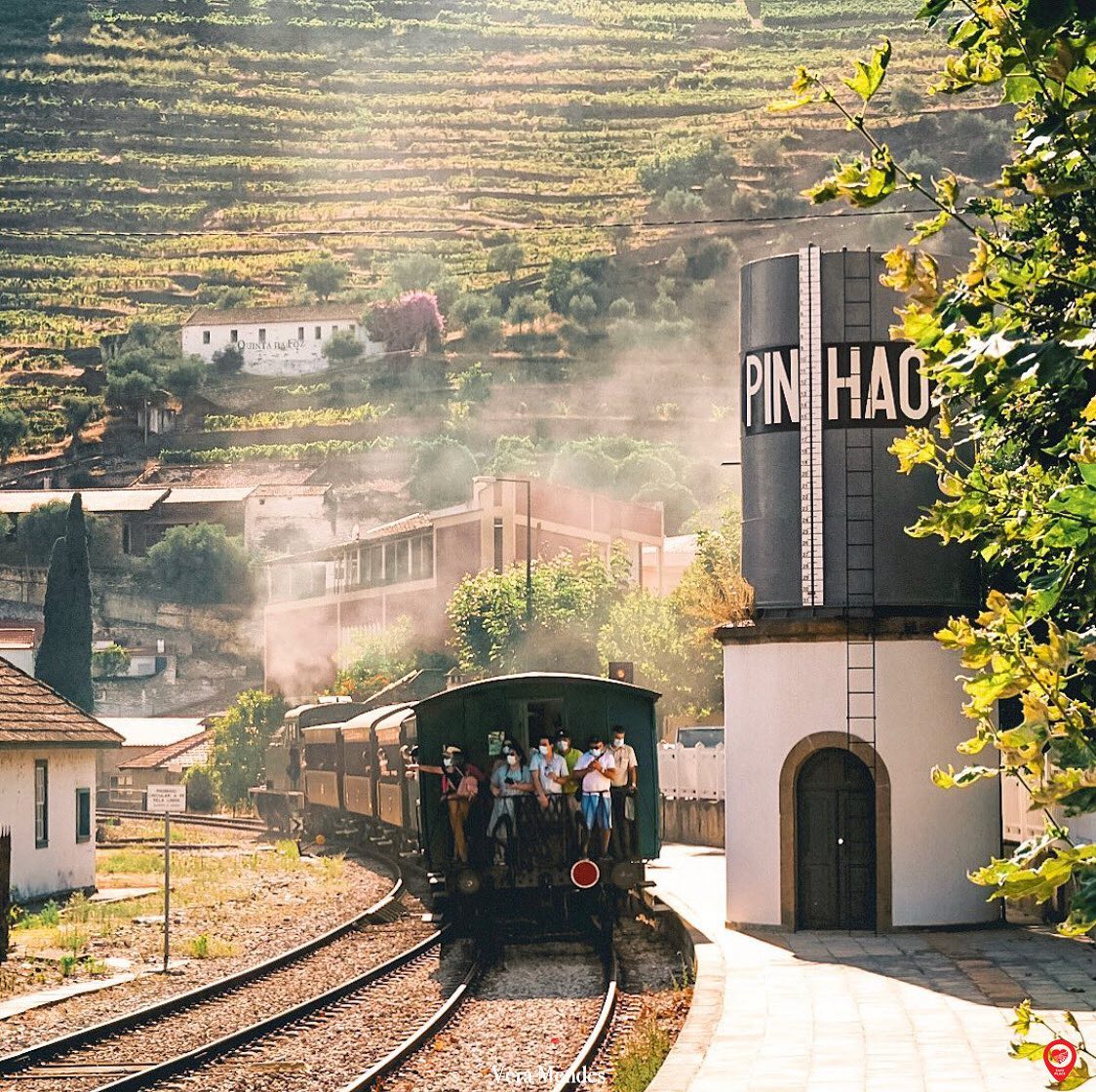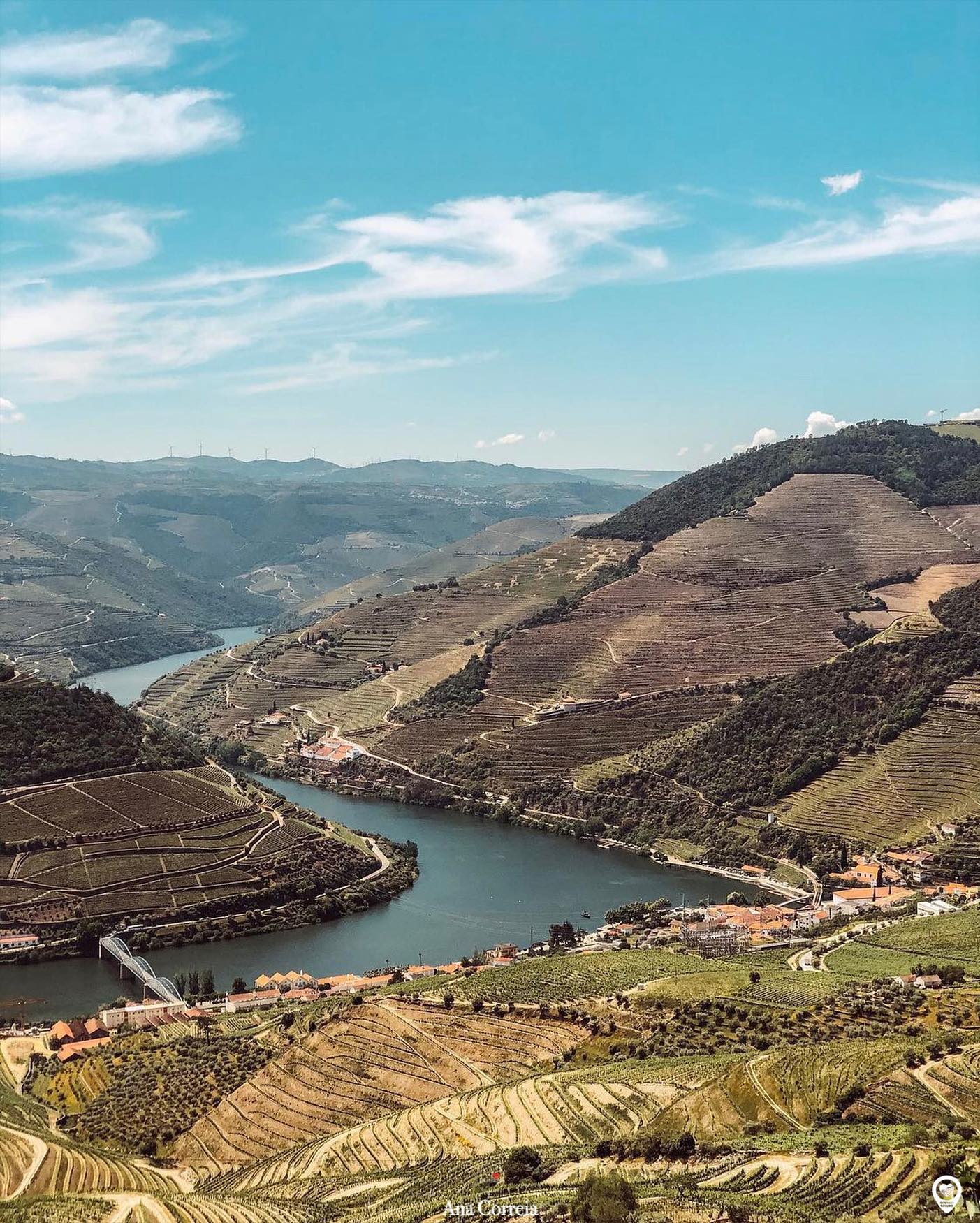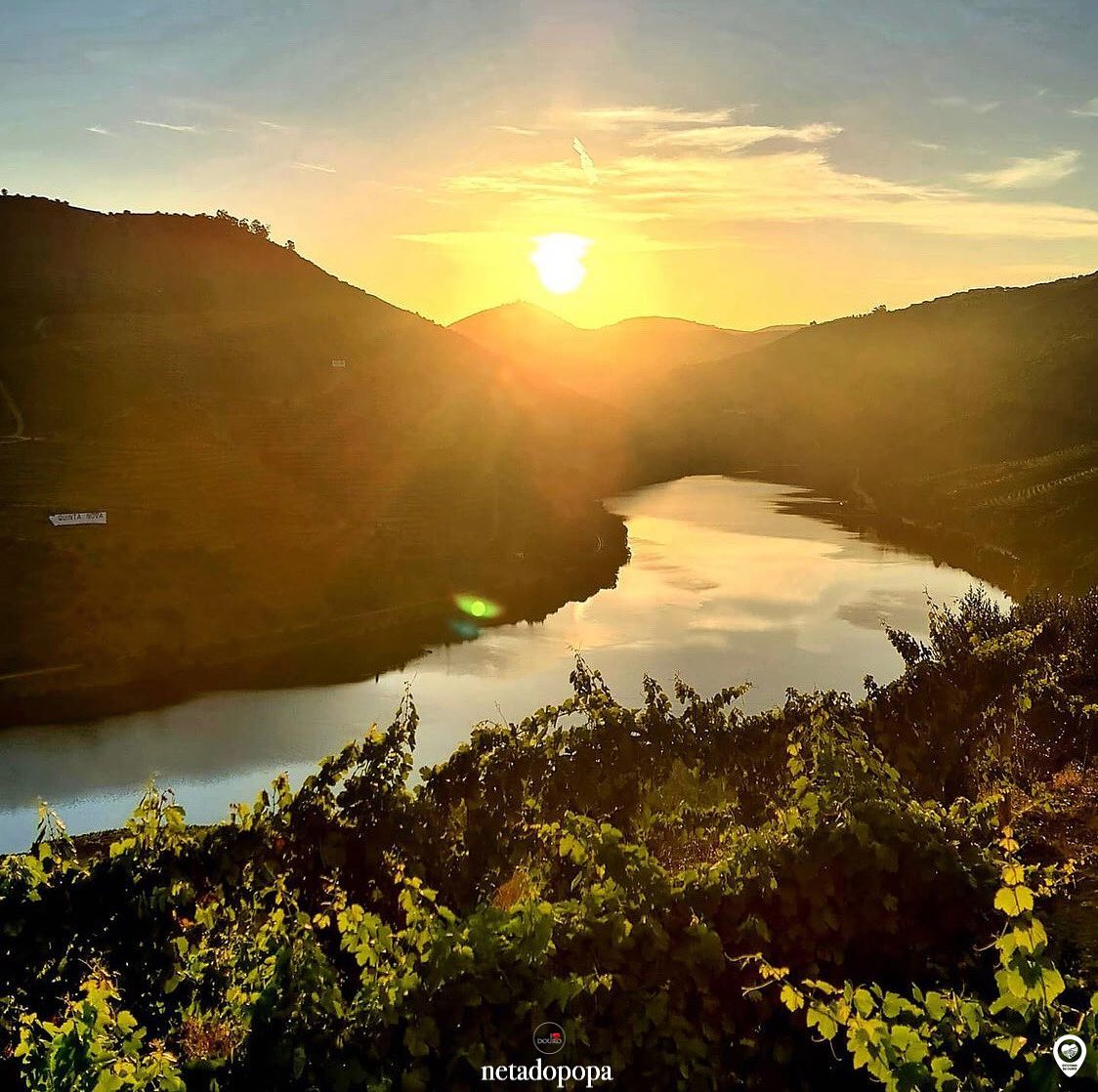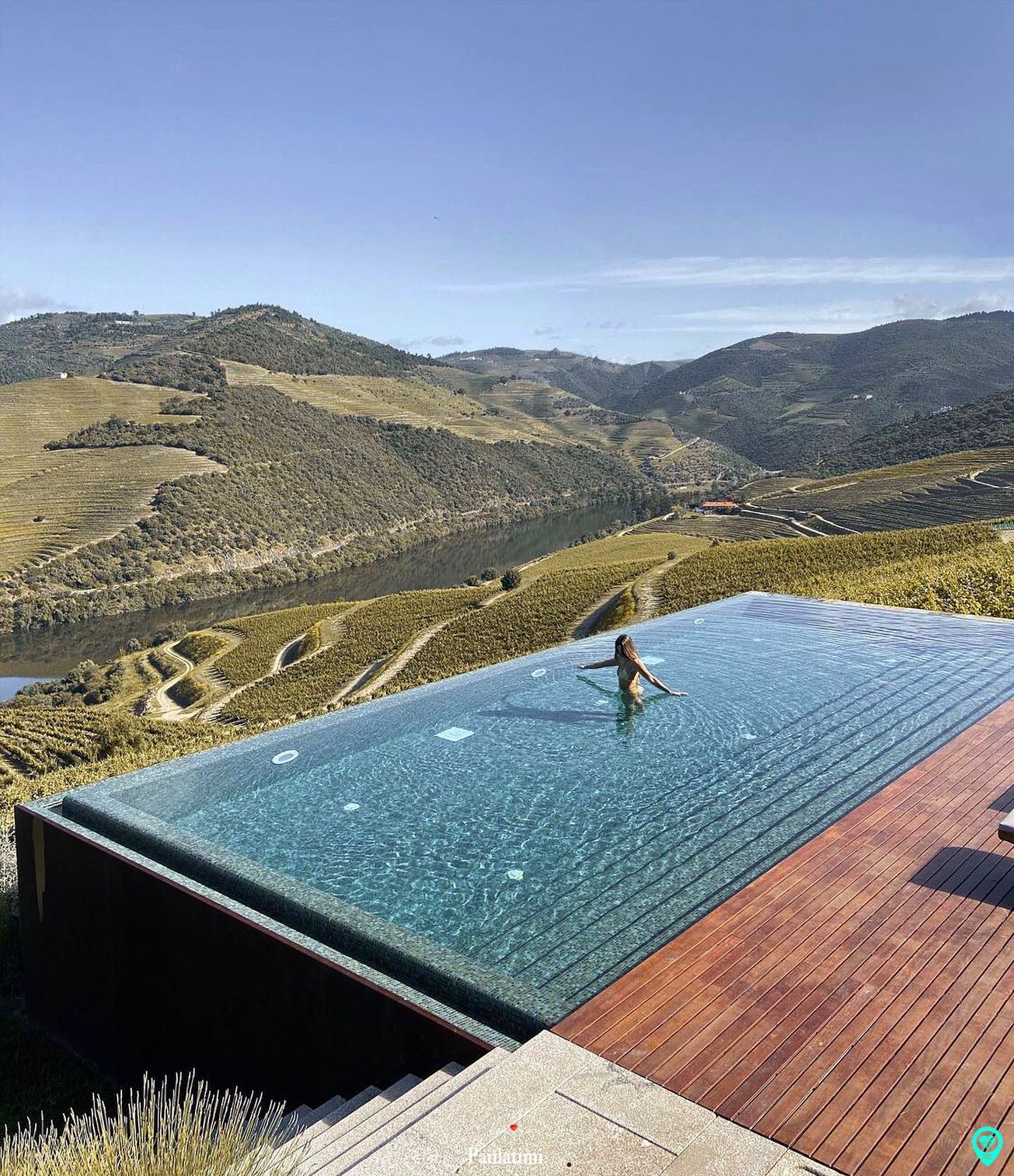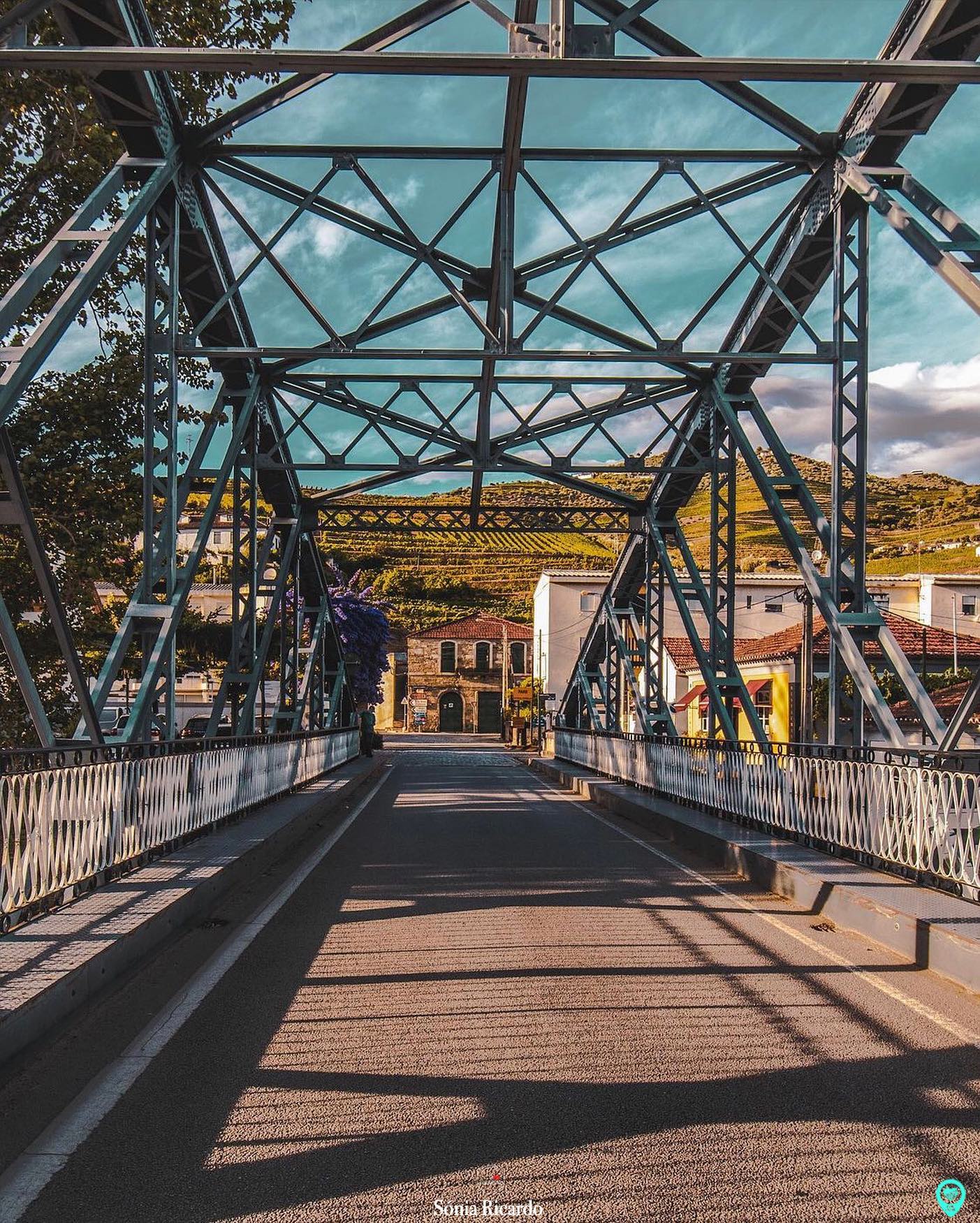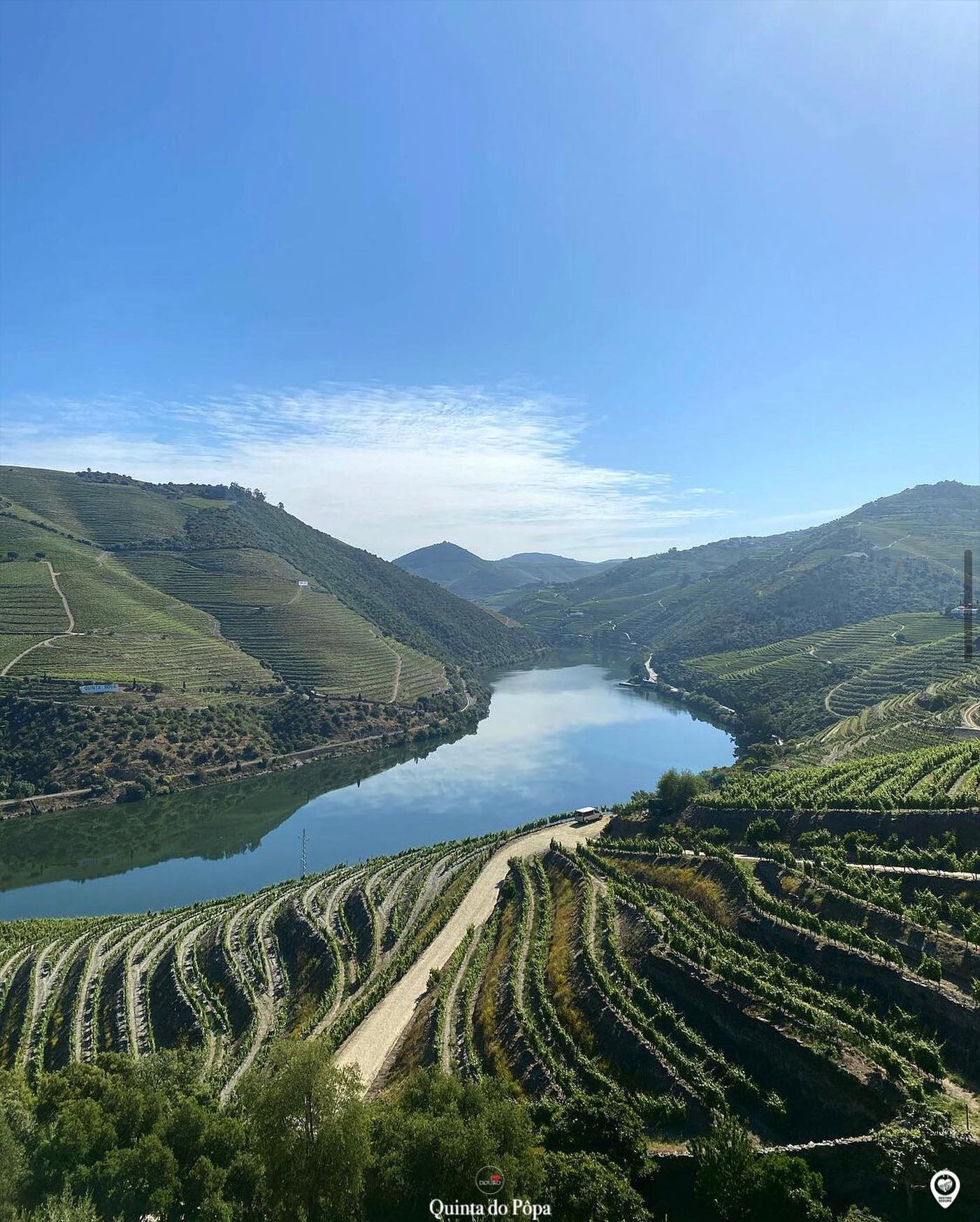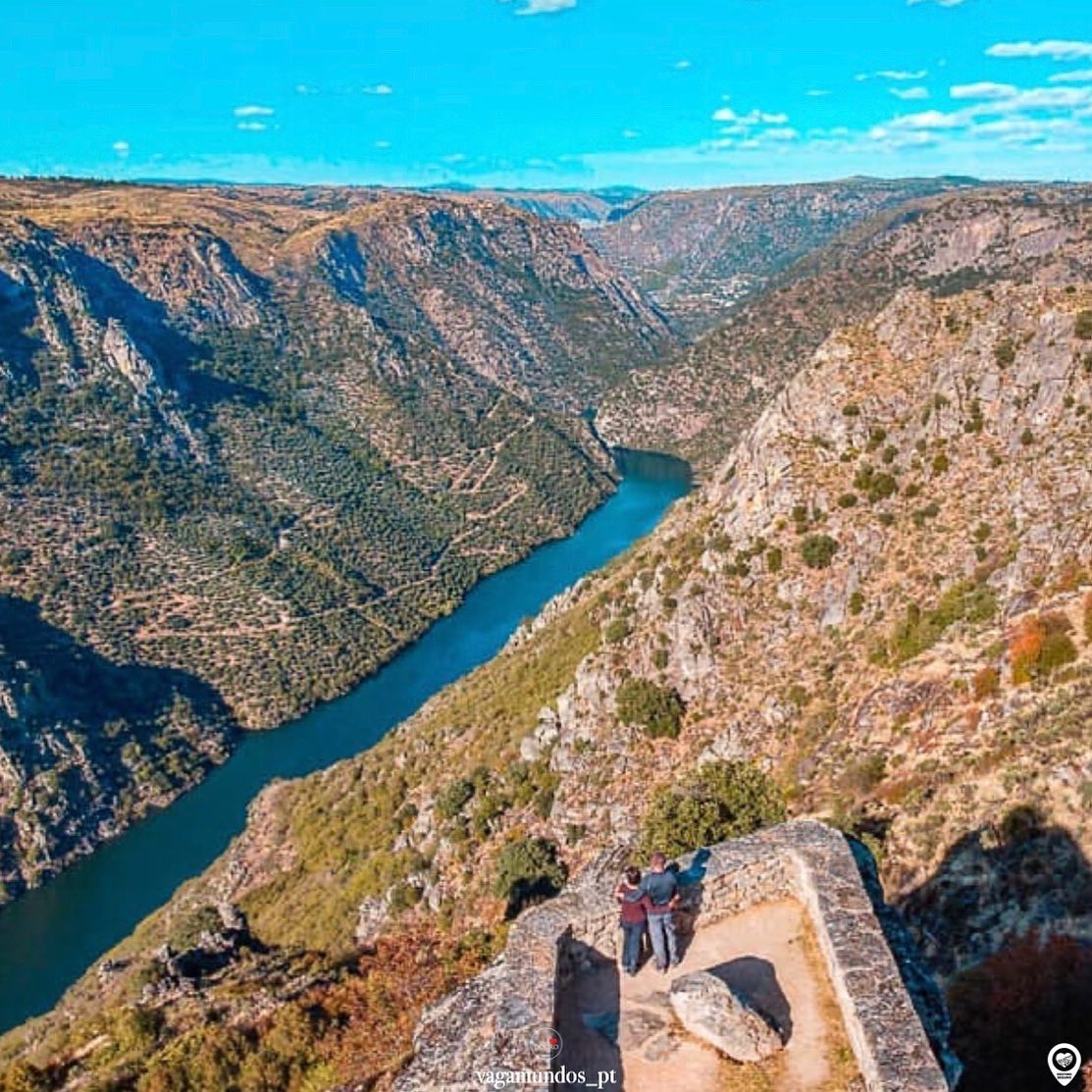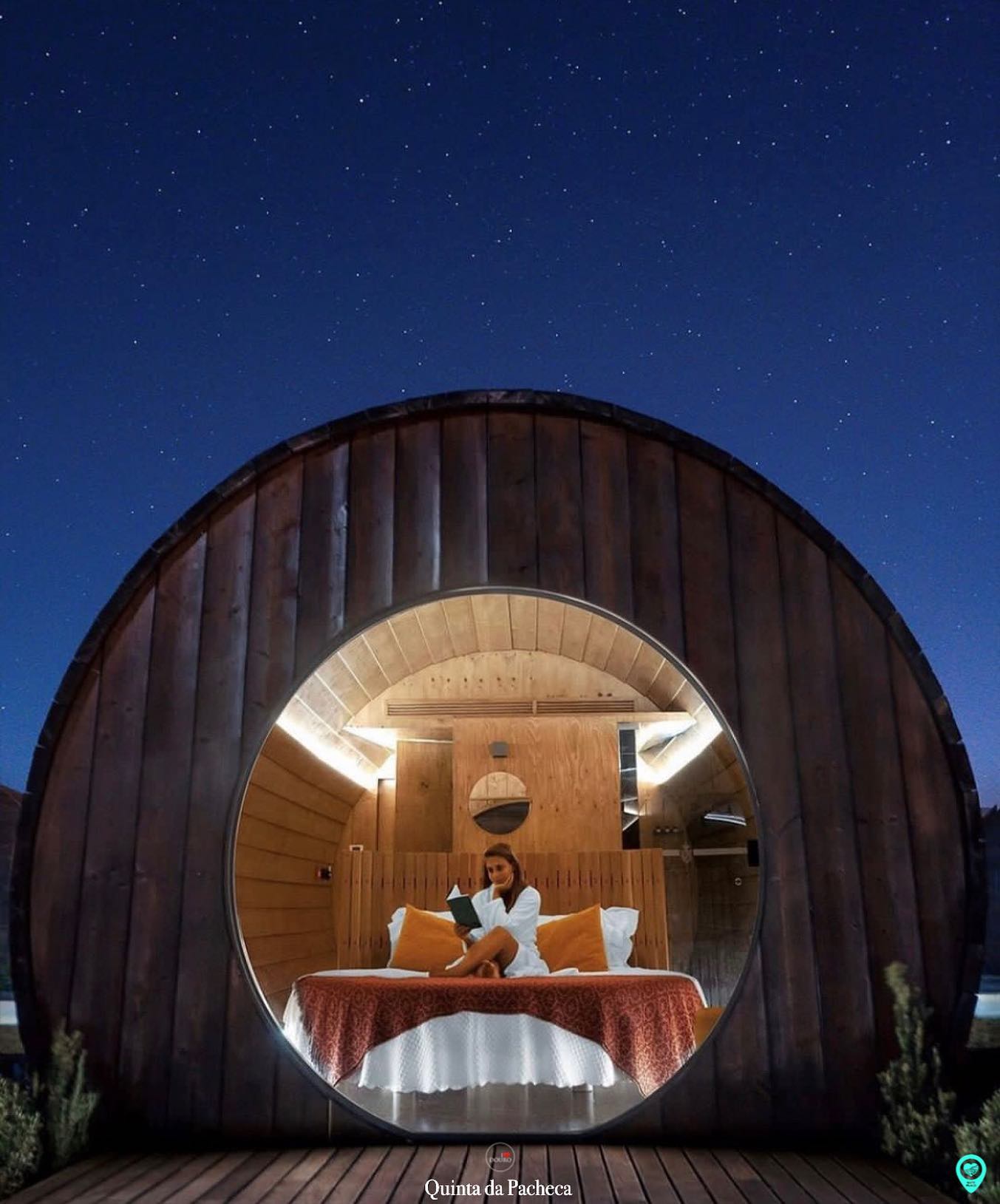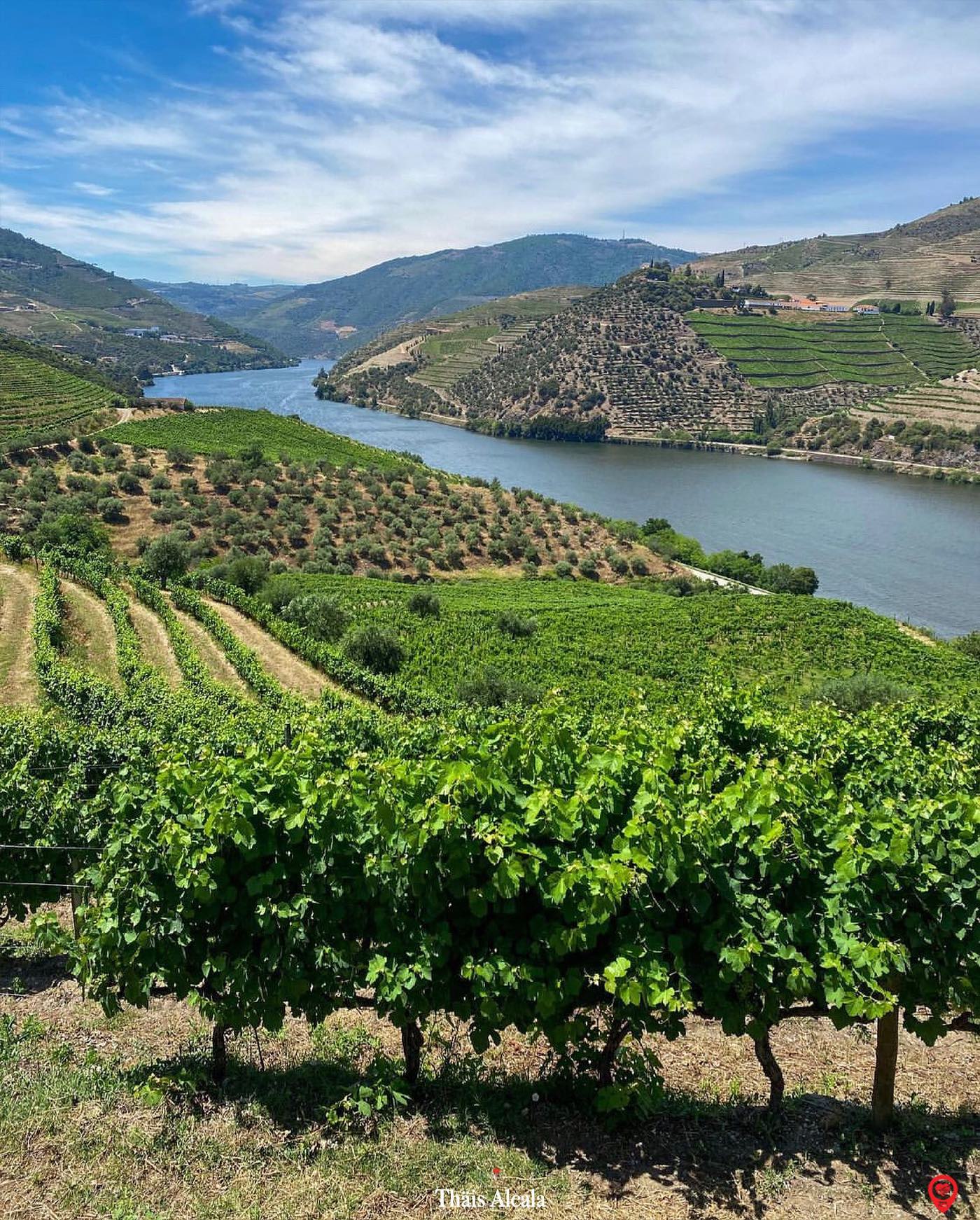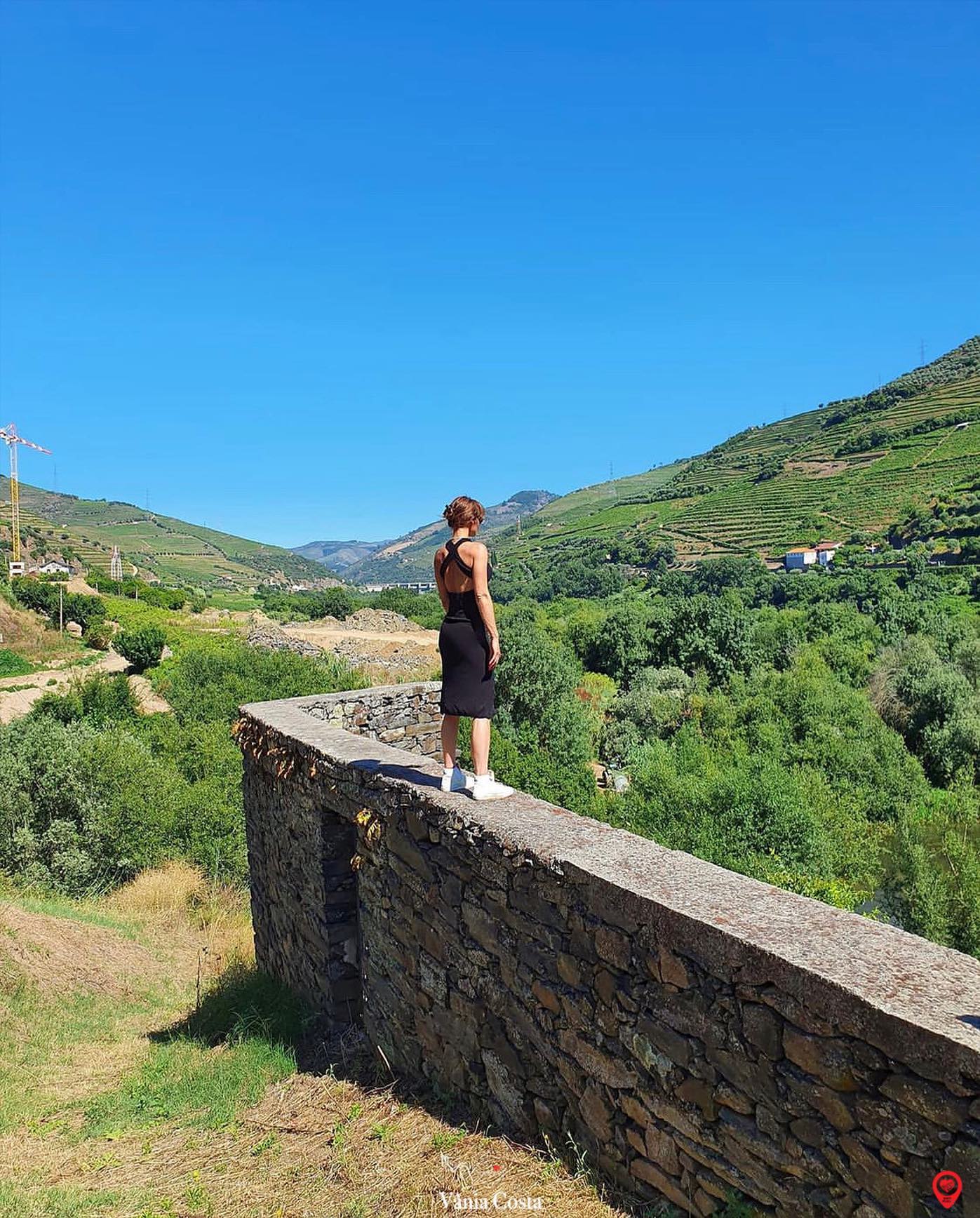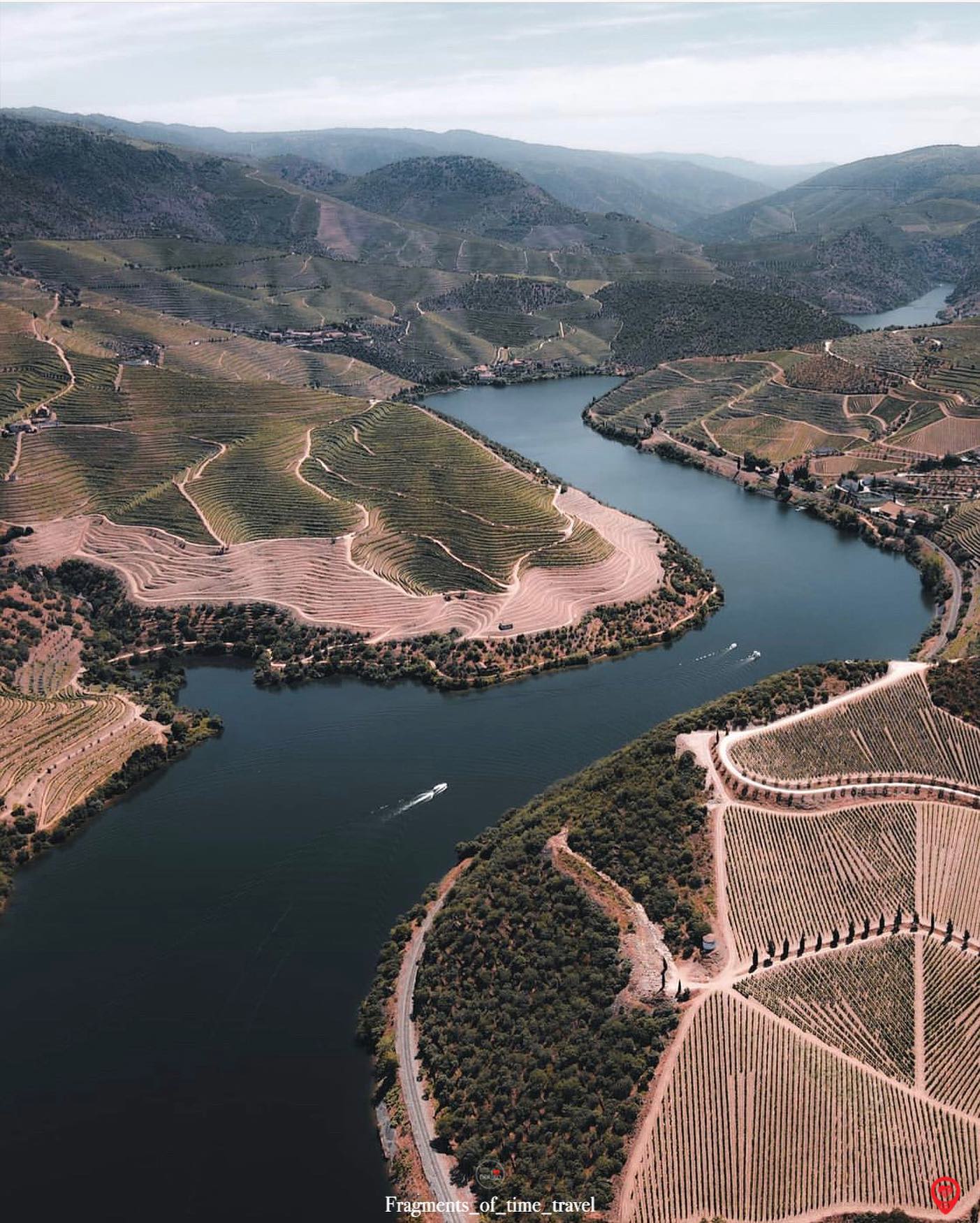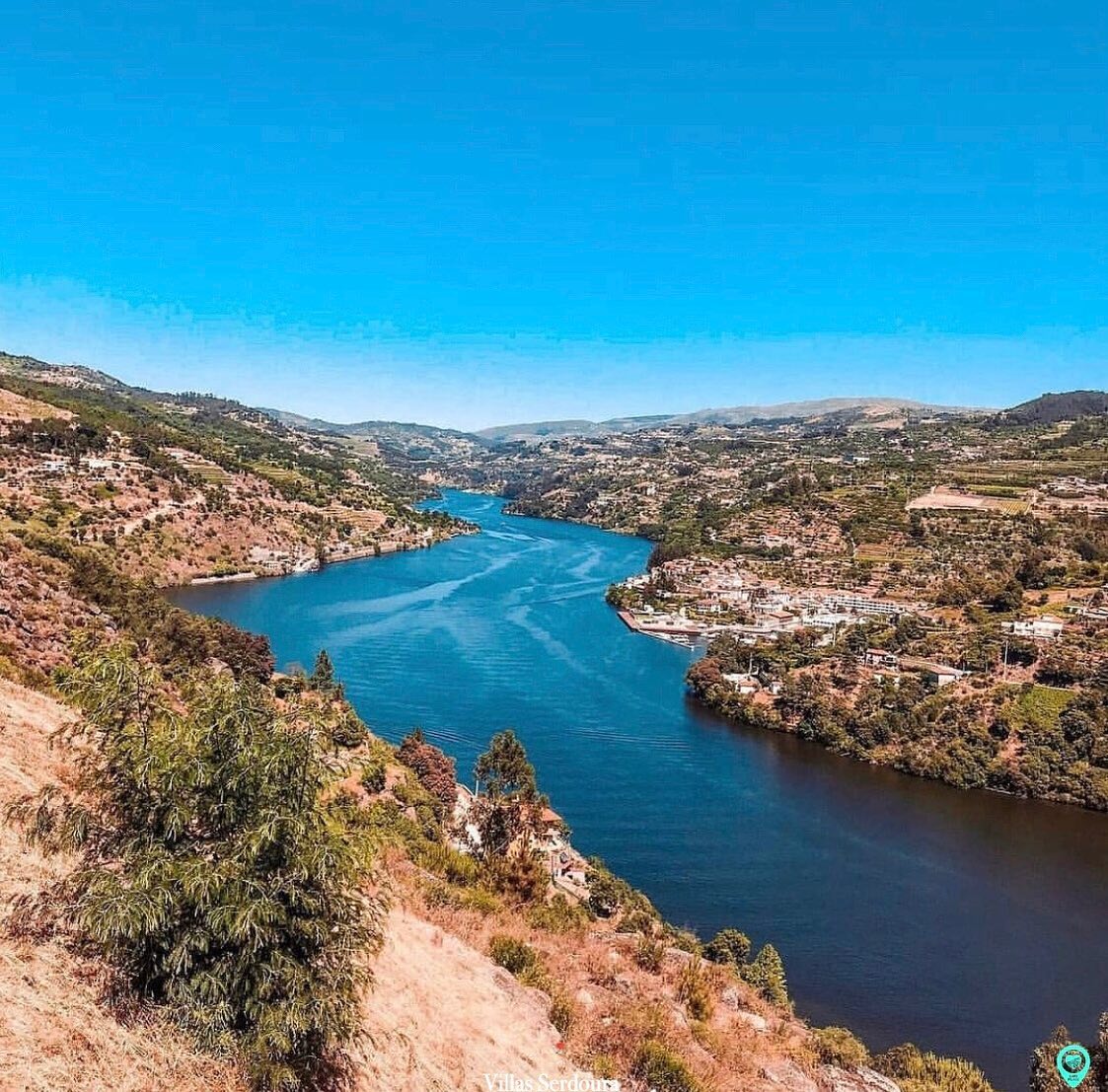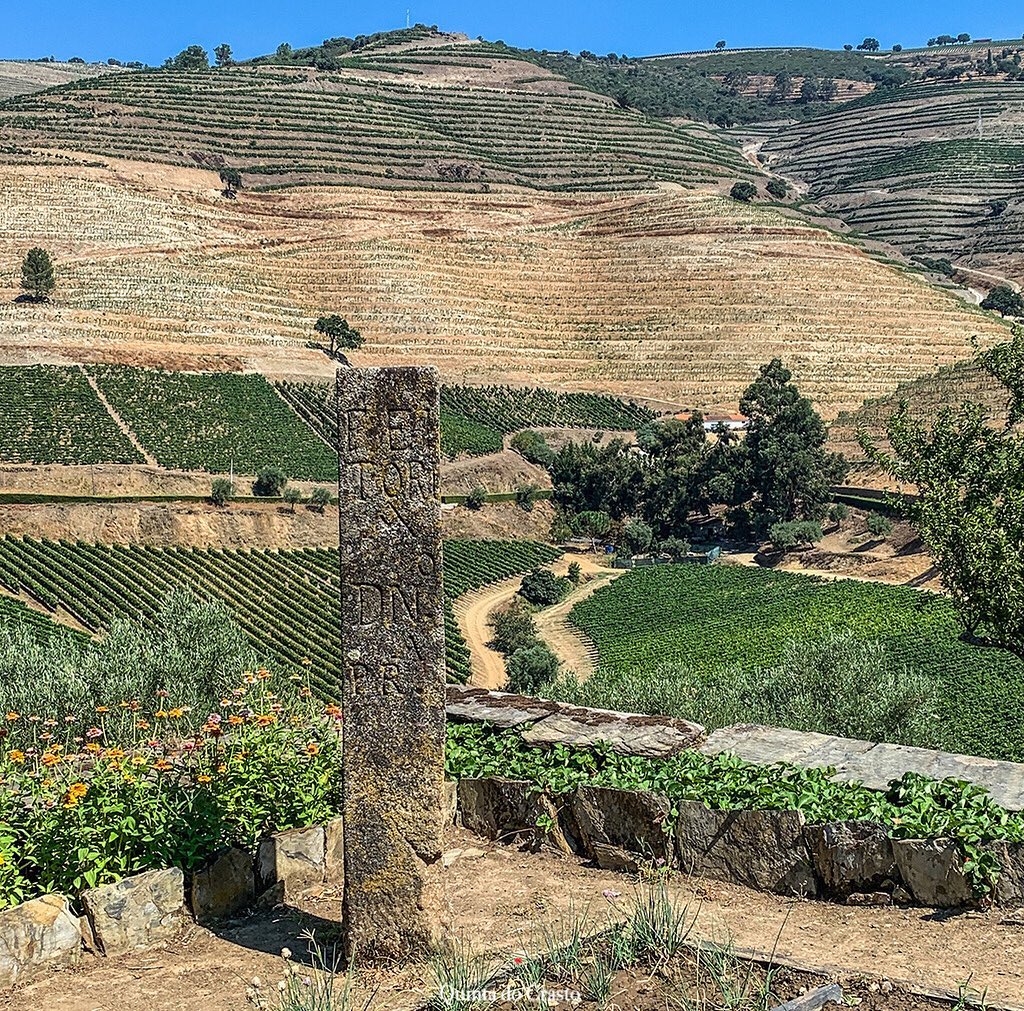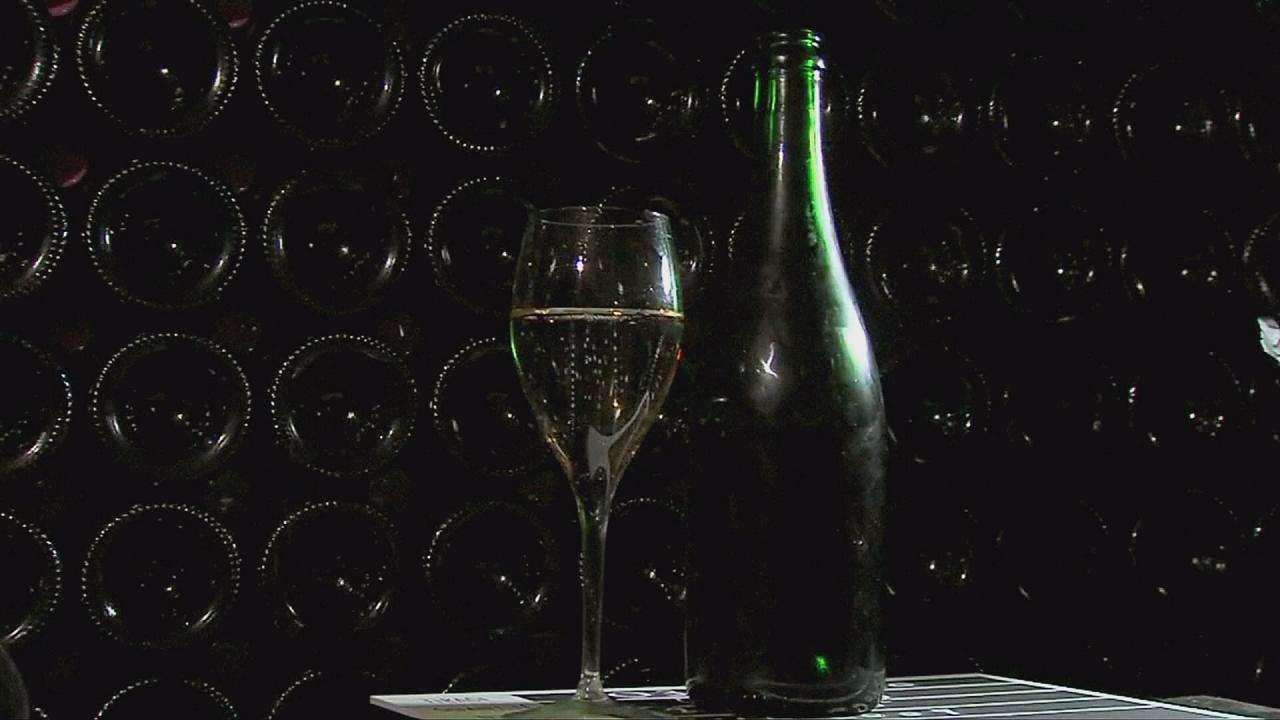
Five points the wine consumer needs to know
3 September 2019
Get ready for climate change: five points the wine consumer needs to know
James Mayor, of Grape Discoveries, reports on the Climate Change Leadership Conference, Porto.
In July 2018, former US President Barack Obama came to Porto to address the Porto Protocol, a climate change mitigation initiative. He said, “we have to recognize there are trade-offs in how we live.”
I recently attended the Climate Change Leadership Conference – Solutions for the Wine Industry, a follow-up event organized by Taylor`s Port, in Porto. The participants from thirty different countries around the globe included wine producers, climatologists, sustainability experts, and industry commentators, such as myself. The event was a kind of giant tasting of up-to-date information on how climate change is affecting wine production and what solutions are available to us to mitigate this change.
We heard reports of erratic weather incidents in winemaking regions from the Napa Valley in the US, to the Douro in Portugal. Wine industry leaders attending the Conference indicated that five points would affect consumers as our climate continues to change:
The changing world wine map
Have you noticed how the map of world winemaking is changing? Only a few years ago, you would probably have laughed if I had recommended a Champagne style wine from England. Now you can take your pick from an increasing choice of excellent sparkling wines, some of which have been getting top rankings in blind tastings that include `real` Champagne. Today wine is being produced in all fifty-two American states… not to mention Sweden! Chile, long considered a country of average quality wines, is now also beginning to produce some top quality wines, such as Montes Folly.
As a consequence of global warming, suitability for vineyard planting is shifting, with site selection becoming an increasingly critical issue. Sometimes the solution is to plant higher up the slope, where temperatures will be cooler.
Better informed wine consumers
Alongside changes in the climate, we are experiencing changes in wine consumption. Millenials are often better informed than previous generations, and they have a thirst for knowledge. They are equally more climate and health mindful, increasingly concerned to enjoy a sustainable diet. As many as 40% of Millenials are willing to spend 40% extra for a product of the same quality, and this generation of consumers also shows a refreshing willingness to adapt to change.
The inexorable rise of bio wines
World wine production is practically static, currently rising by a mere 0.5% annually. The production of bio, or organically farmed, wines is however surging ahead, growing by 15%. Retailers and critics are well-placed to exert pressure on producers to create more bio wines, and I hazard a guess that we will soon be seeing a wider selection from this segment on the shelves of our wine stores.
Gerard Bertrand, a leading producer of bio wines in Languedoc, France, talks about the need to resist the standardisation of taste, and the importance of education in developing our taste. Mike Veseth, editor of The Wine Economist reflects, “you buy products that reflect your values.”
Wine`s water footprint
Linda Johnson-Bell, CEO of the Wine and Climate Change Institute, in Oxford, England, says, “wine has to take off its mink coat, it`s an agricultural product.” She believes wine cannot hide behind its romantic mythological and cultural associations to claim a special status.
In the same way we have become accustomed to assessing a business`s carbon footprint, we now need to also look closely at wine`s water footprint. An increasing number of sustainable wineries, such as Adega de Vargellas, owned by Taylor`s Port, are reusing the water consumed in making their wines, generating significant reductions in overall consumption. Water is not only used for irrigation, but equally for cooling, in manufacturing bottles and in other forms of packaging.
Decarbonizing wine`s packaging and transport
The calculation of wine`s carbon footprint should not of course end at the winery gate. As consumers we need to consider several things:
The weight of a bottle will affect its carbon footprint, lighter bottles accounting for reduced CO2 emissions.
Reusable bottles of course score even more positive points, particularly if their eventual end-of-cycle disposal is conducted in a responsible manner. Wine in plastic bottles is a definite NO!
Some wine is dispatched to its export markets by plane, generating the massive CO2 emissions of air transport. A comparatively small share travels by rail, the most carbon-friendly solution. The major share is shipped by sea, where variables such as engine speed can affect the carbon footprint. Bulk wine has a 40% lower footprint than wine shipped already bottled which takes up more space. This pleads for bottling closer to the point of consumption.
Better informed wine consumers will begin demanding, and welcoming, new information on their wine labels. We will soon see information about a wine`s water and carbon footprints, or even its social sustainability index… Aggregates of these types of information will affect our wine buying choices.
The author, James Mayor, is the founder of Grape Discoveries, a boutique wine tourism business: www.grapediscoveries.com

